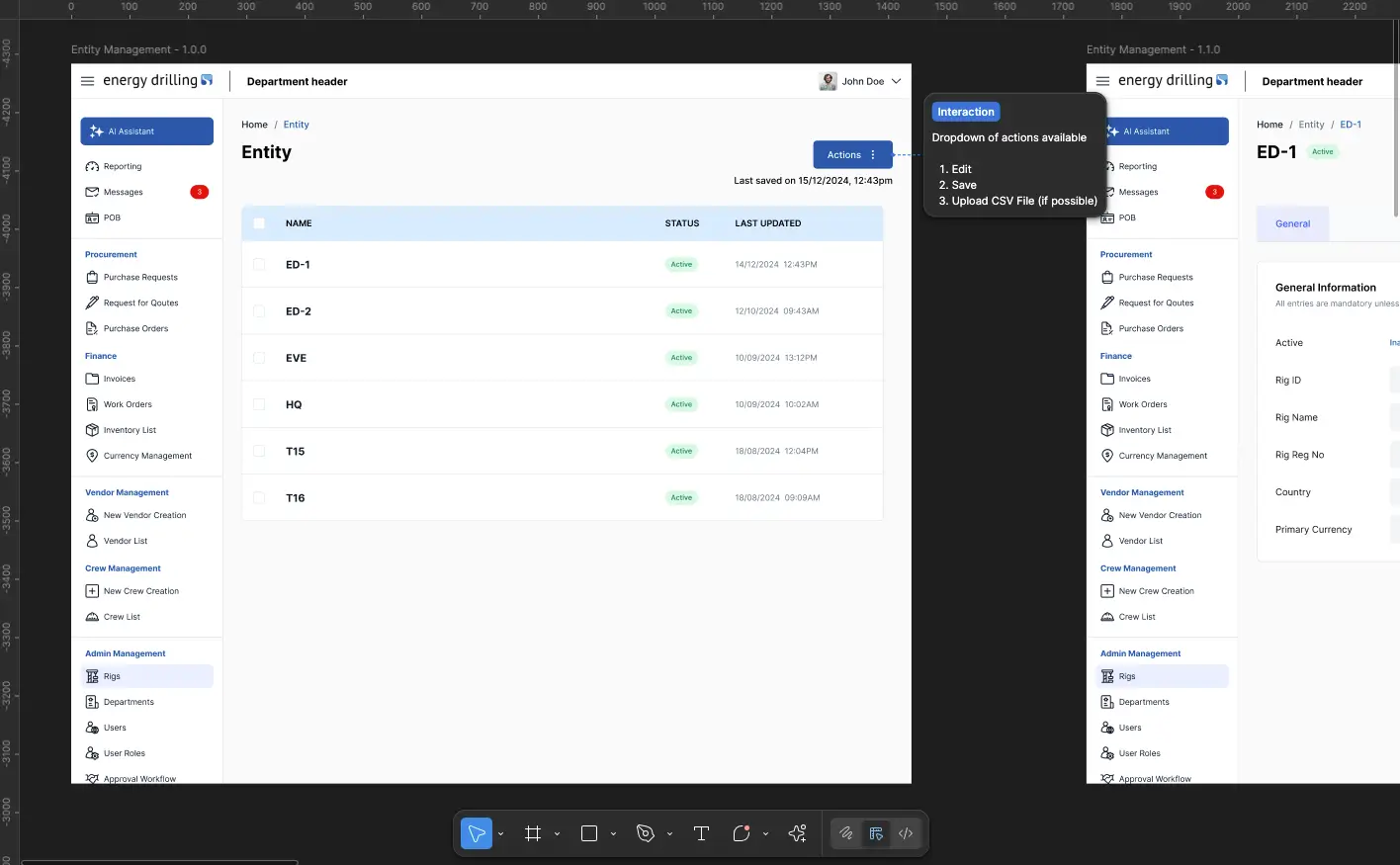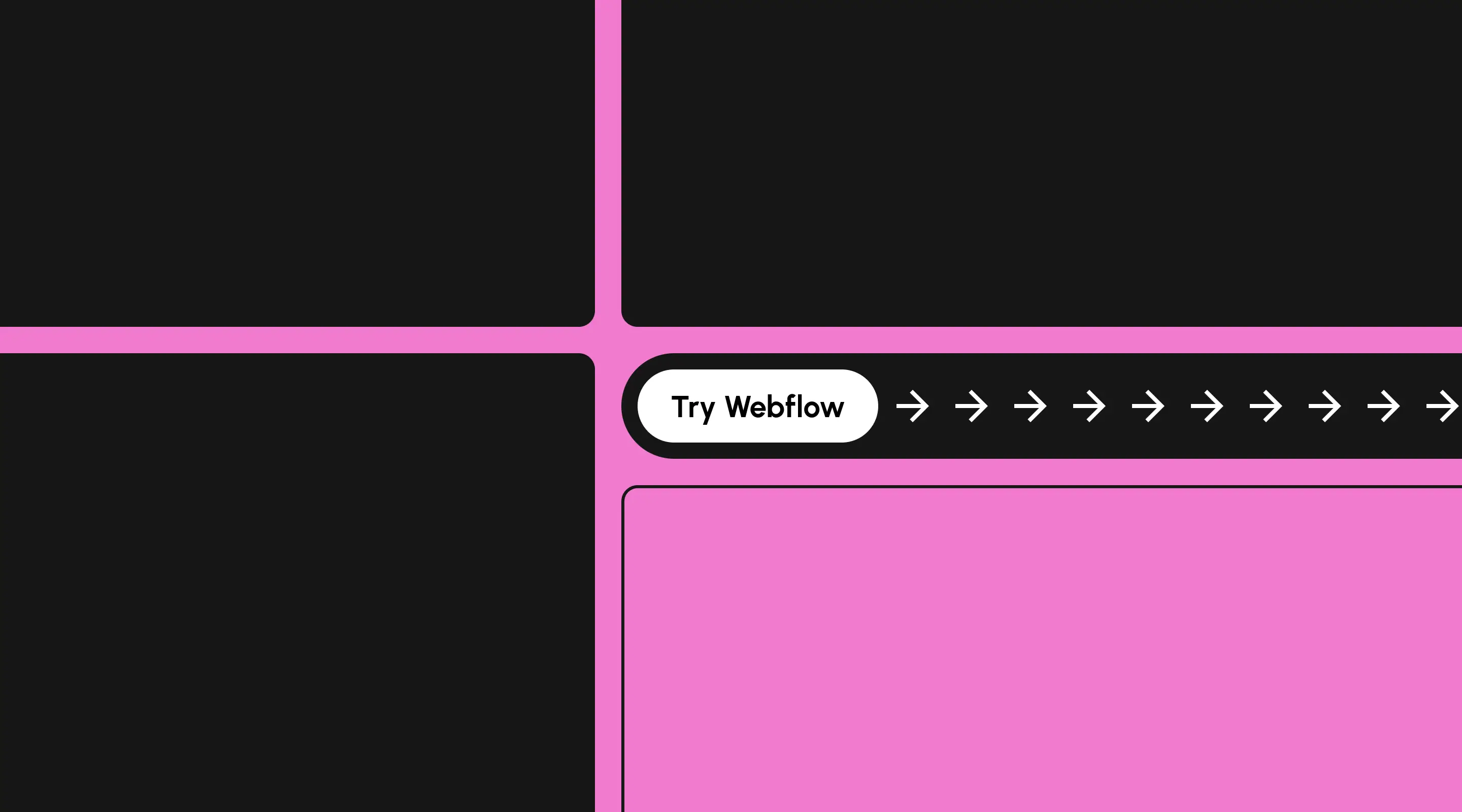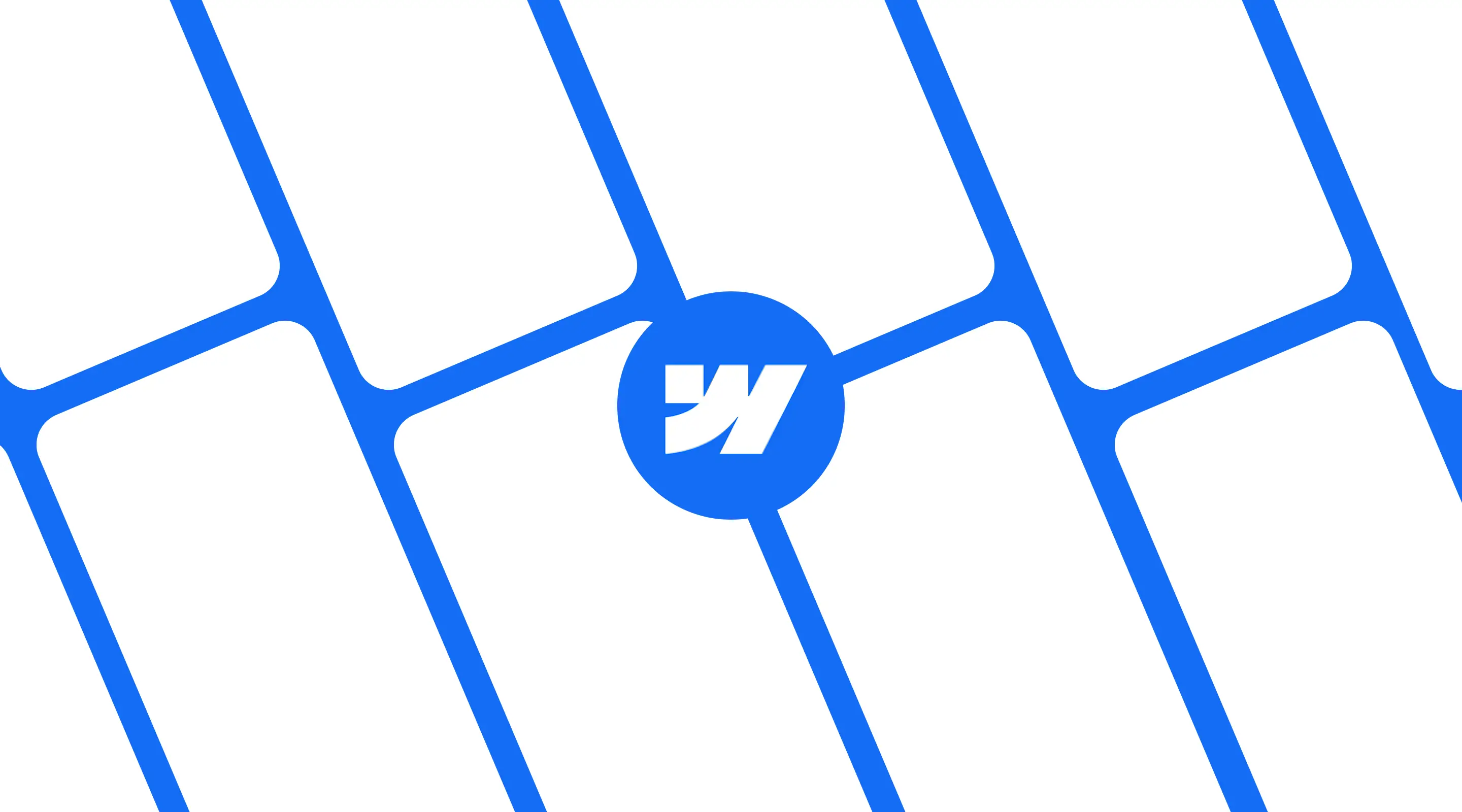Improving Designer–Developer Partnerships: A Strategic Guide for UX Teams in Singapore
UX designers, here’s how to build stronger, smarter workflows with your dev team — based on ALF’s proven approach.

Introduction
You’ve seen it. The perfect Figma file. Then the dev build goes live… and something’s off.
Not because anyone messed up, but because the collaboration never really clicked. At ALF Design Group, we’ve seen firsthand how successful partnerships drive better product outcomes, reduce delivery friction, and foster innovation. Yet too often, the handoff between design and development feels more like a baton drop. This article offers a strategic lens — built on real-world experience for UX designers who want to lead the charge in building better workflows and partnerships.
1. Rethink Handoffs: From Transaction to Collaboration
Most design teams treat handoff as a finish line. In reality, it’s just the beginning of a crucial collaboration phase.
Why Traditional Handoffs Fail
- Misaligned expectations about what's feasible
- Developers get a "complete" design with little context
- Assumptions left unstated cause of weeks of rework
What To Do Instead
At ALF, we conduct joint walkthroughs of all finalised screens before the handoff. Not only do we clarify edge cases and user flows, we also flag potential technical constraints together. Tools like Webflow and Figma aren’t just for showcasing work; they’re a shared language. Annotate interactions. Highlight logic. Treat handoff meetings as collaborative rituals, not checkbox exercises.

2. Build a Shared Language with Systems and Tools
You can’t collaborate effectively if you’re speaking different dialects. That’s where a shared design system becomes mission-critical.
Eliminate Ambiguity
- A design token for "primary blue" shouldn't be called five different names across projects
- Button hover states? Document them, test them, reuse them
Stack That Works
- Figma: Our go-to for rapid iteration and feedback
- Notion: A living doc of patterns, edge cases, and usage guidelines
Creating a single source of truth reduces friction, especially when new teammates onboard. At ALF, we’ve found that consistent naming, documented states, and usage rules prevent at least 70% of avoidable questions.
Tools vs Team Benefit Matrix
3. Prototype Early to Prevent Misfires
Designers often wait until pixel-perfect mockups to involve devs. That’s a mistake.
Why Early Visualisation Matters
- Developers raise concerns about animations, responsiveness, and logic up front.
- Everyone aligns on what’s being built before time is wasted.
At ALF, we build interactive prototypes of core flows early — even if they’re rough. Developers sit in on our usability tests. When you give devs that seat at the table early, their contributions elevate both the code and the experience.
4. Co-Create, Don’t Just Collaborate
The best partnerships blur the lines between roles.
The Innovation Sweet Spot
A designer may propose a slick animation but a developer suggests a way to make it more performant. Or a developer identifies a form validation pattern that improves UX.
At ALF, we host biweekly "design-dev syncs". No agenda. Just time to experiment, challenge decisions, and find better solutions together. It’s amazing how a 30-minute jam session can replace 15 Slack threads and 3 change requests.
Frequently Asked Questions
What’s the biggest blocker in designer-developer collaboration?
Lack of early alignment. Most friction comes from decisions made in isolation. Solve that with regular syncs and shared documentation.
Should developers be involved in user testing?
Absolutely. Their perspective surfaces blind spots in logic, responsiveness, and feasibility that designers may miss.
How often should design and dev teams communicate?
At minimum, once a week. At ALF, we prefer short but frequent check-ins versus long, reactive reviews.
Conclusion
Improving designer–developer partnerships isn’t about fancy tools or polished presentations—it’s about shifting the culture from siloed to symbiotic. UX designers in Singapore are already bridging strategy and empathy. Now it’s time to add engineering collaboration to that superpower mix.
At ALF Design Group, this mindset has helped us design and launch products faster, with fewer revisions and a lot more pride. Want your team to experience the same?
{{build-better-experience="/directory"}}
Related Articles

The True Value of UX Design
Learn how UX design delivers business ROI, accessibility, and user loyalty.

Discover Why SEO and Marketing Agencies Recommend Webflow for Website Redesign
Why SEO agencies in Singapore prefer Webflow for faster, scalable, and SEO-friendly web redesigns.

What's new with Webflow?
Webflow has done some major changes to the designer just recently. A lot of mixed reviews were being shared across the world wide web.
Launch Your Next Website.
Schedule a call with us if you think that we can help you. The least we can do is to give you good advice.

.webp)